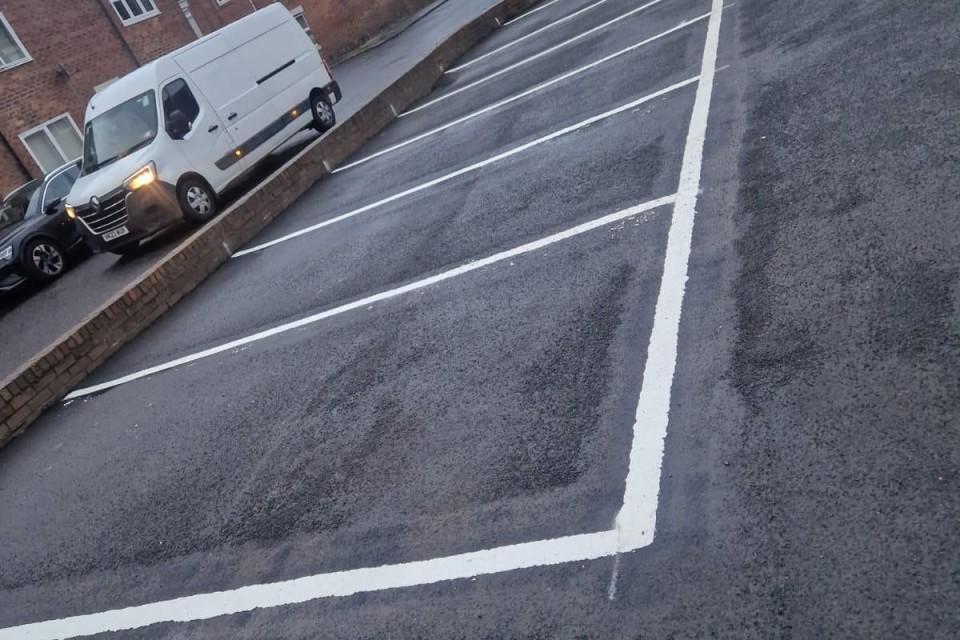
The Aircraft Servicing Platform (ASP) replacement at a military base in the Midlands was a complex project that demanded a high level of engineering expertise. Commissioned by Amey Defence and executed by Jointline, the project covered an area of over 12,500 square metres and involved multiple civil engineering tasks.
The Challenge:
The first phase of the project entailed breaking and excavating the existing concrete surface to new, specified levels. The material removed was recycled and used as a 300mm sub-base for the new construction. The new surface was then cast using C50 concrete and layered with a 125mm dry lean mix, followed by a 255mm layer of Pavement Quality Concrete (PQC), in line with client specifications and industry standards.
Concurrent with the primary construction activities, maintenance on the existing drainage system was executed, adhering to the client's specifications and drawings, to optimise the operational efficiency of the airfield. Alongside this, the project also involved the installation of several key infrastructural elements, as detailed in the client's specifications and drawings, to enhance the airfield's overall operation and safety. Aircraft ground lighting systems were installed to ensure safe aircraft movement in low-visibility conditions. Earthing systems were integrated to provide electrical safety and mitigate risks associated with electrical faults or lightning strikes. Anchor points were also installed at strategic locations to secure aircraft during maintenance or adverse weather conditions.
A complex engineering task within the project was the seamless integration of the new concrete structure with the existing asphalt taxiway. This was meticulously achieved by employing a high-performance joint, as specified in the client's drawings, to ensure a smooth transition between the two surfaces. In alignment with the client's specifications, fuel-resistant material was utilised for the installation of expansion joints to meet the operational requirements specific to an airfield. Furthermore, the line marking was updated in strict compliance with both the client's specifications and aviation safety standards.
The project faced logistical challenges, particularly concerning its timeline. Initially scheduled for the summer months, the project's start was delayed until October, introducing complications due to winter weather conditions. These were managed through the use of submersible pumps and adjustments to the work methodology during the concrete curing stage. Furthermore, the project was subject to a rigorous testing regime, requiring careful planning and scheduling to ensure compliance with regulatory standards.
The geographic location of the base presented additional challenges in sourcing adequate quantities of concrete. To mitigate potential delays, effective supplier relationships were leveraged to ensure the timely delivery of the required materials.
The Results:
Upon completion, the project was rigorously evaluated and found to be defect-free. This outcome was acknowledged by the client, Amey Defence. The airfield remains operational, attesting to the durability and quality of the work executed.
In summary, the ASP replacement project was a complex undertaking that successfully navigated a range of engineering and logistical challenges. It adhered to stringent industry standards and client specifications, demonstrating effective engineering solutions within the aviation sector.